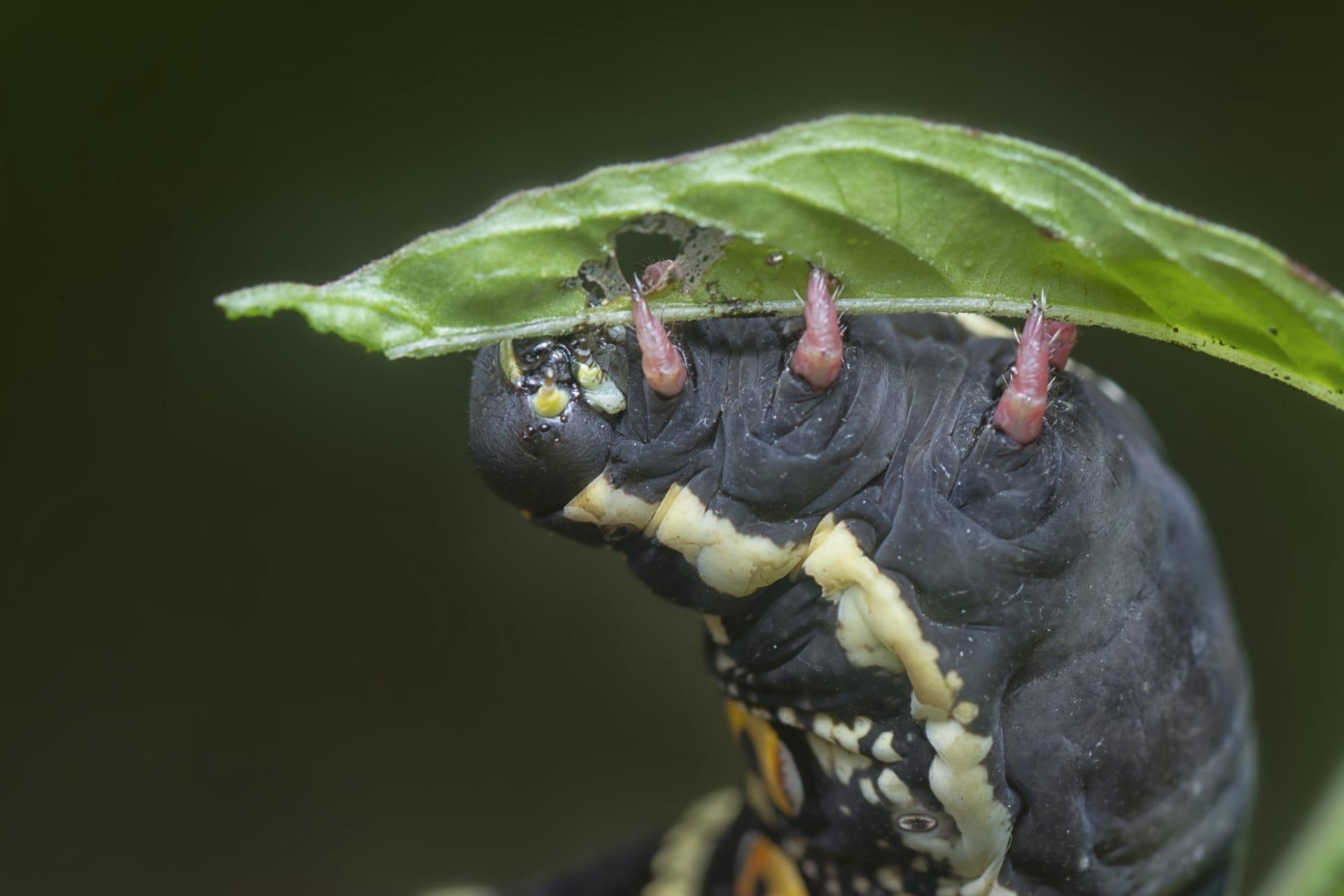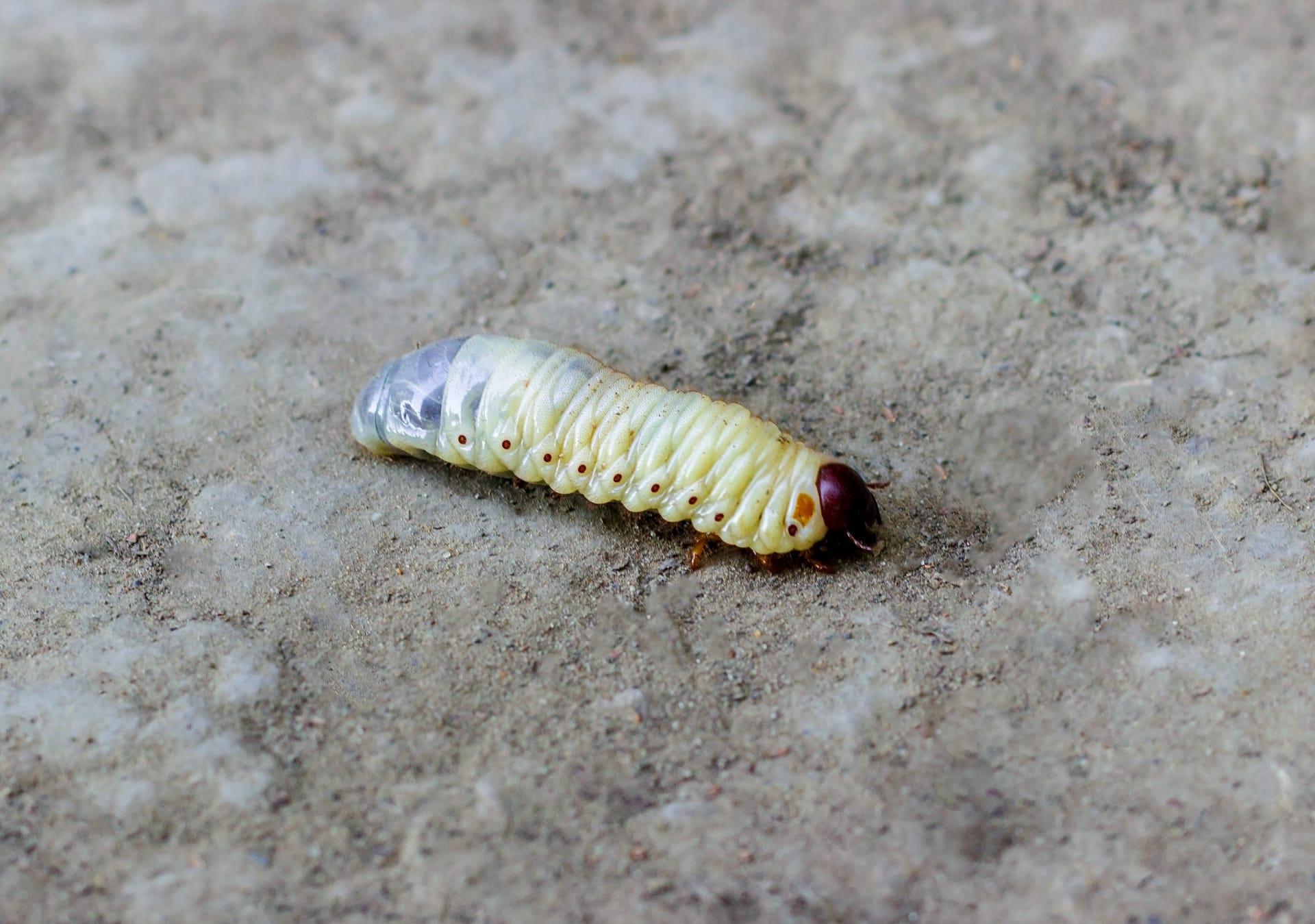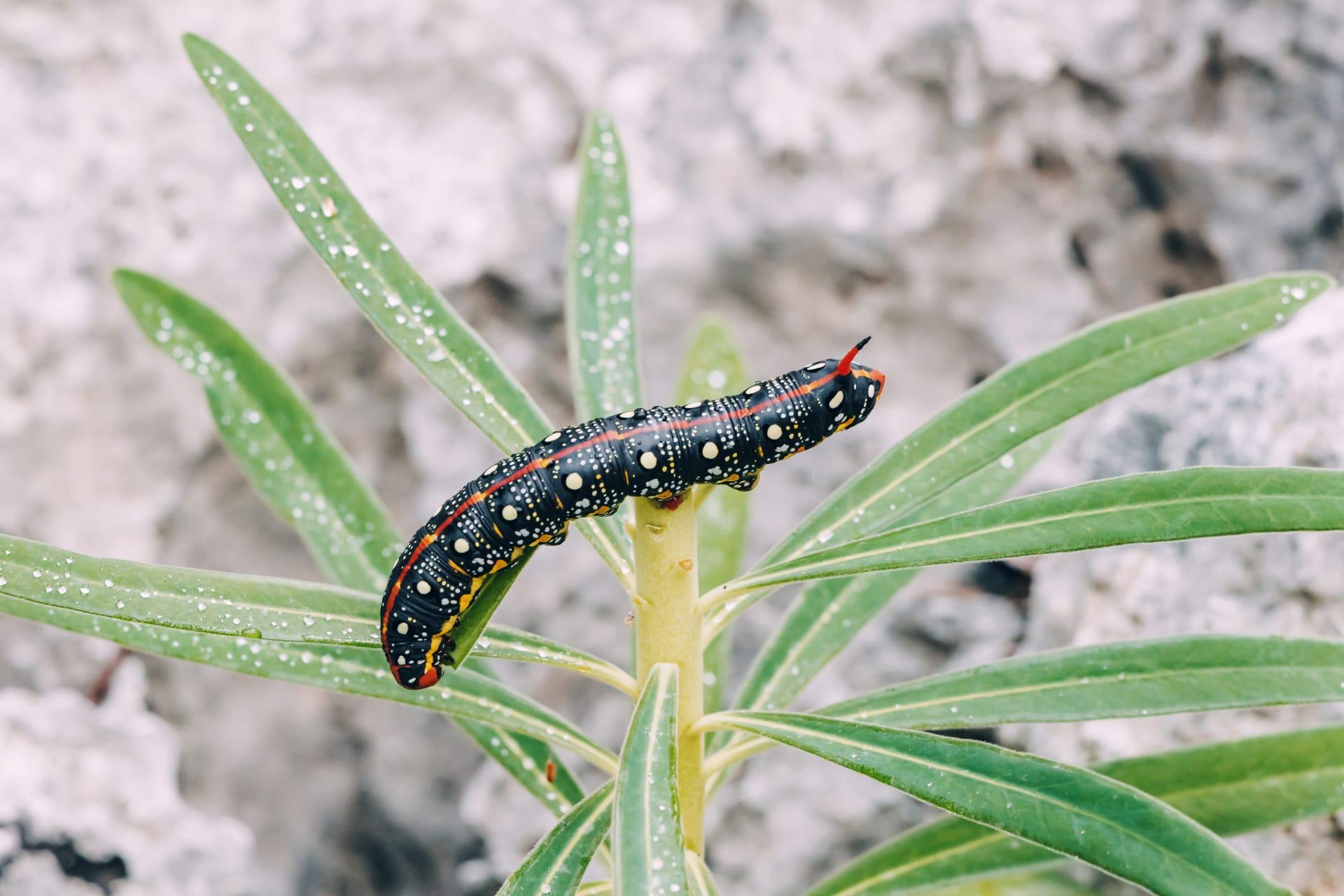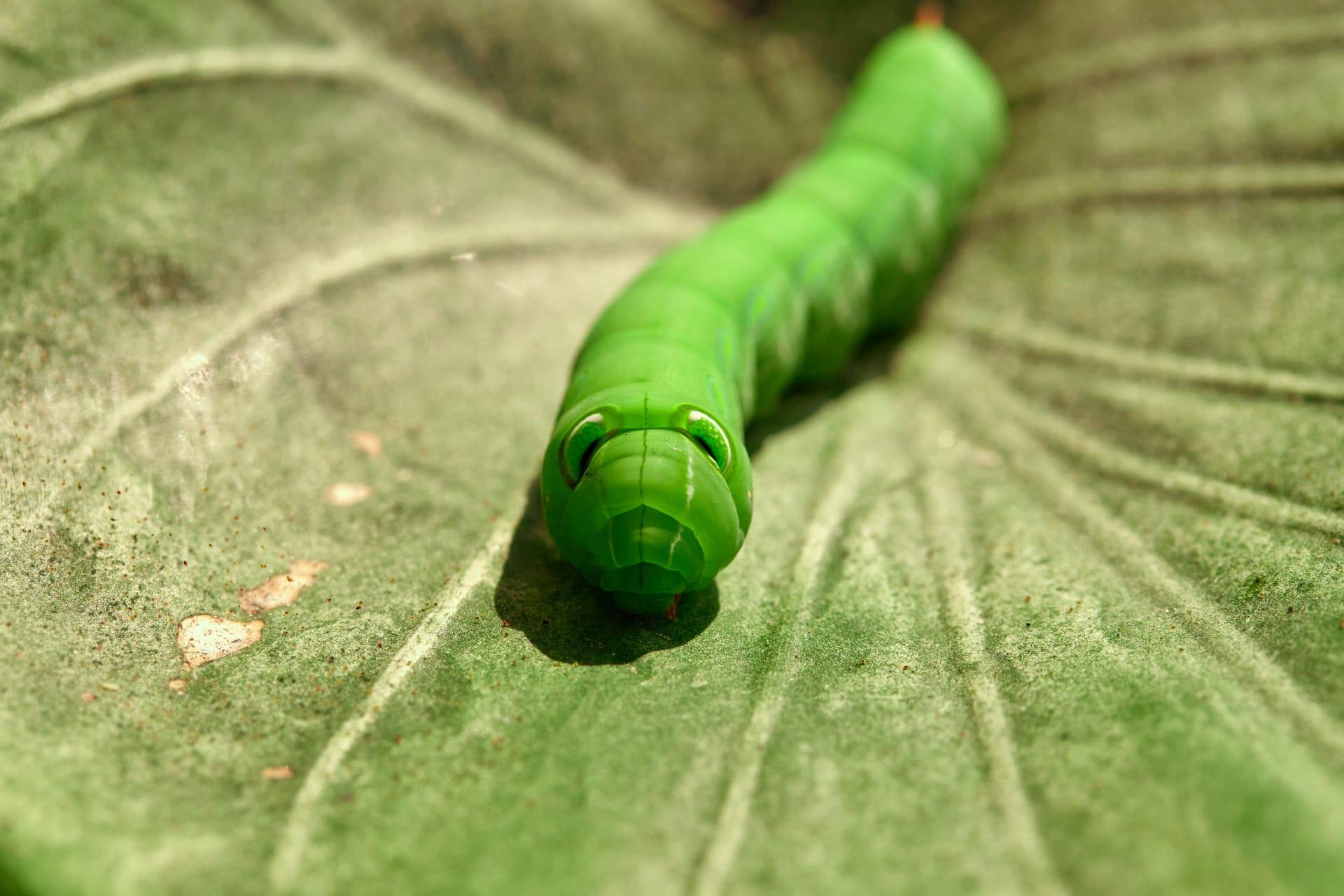Horn Worm Characteristics
- Home /
- Mini Encyclopedia /
- Animal /
- Horn Worm Characteristics
1
Horn Worms, known scientifically as Manduca sexta, are fascinating caterpillars with striking physical characteristics. These creatures can grow to a substantial size, often reaching up to 4 inches (about 10 cm) in length. Their bodies are usually a vibrant green, making them easily noticeable. As for their lifespan, Horn Worms have a relatively short life cycle. In their caterpillar stage, they typically live for about 2 to 3 weeks before transforming into pupae. This transformation is part of their journey to becoming moths.
The most distinctive organ of a Horn Worm is undoubtedly its 'horn,' located at the rear end. This horn is not a stinger or a harmful weapon but serves mainly as a defense mechanism to deter predators. It's made of soft tissue and can vary in color, sometimes appearing red or blue. The horn's presence makes the worm appear larger and more threatening to potential predators, aiding in its survival.

2
Question: "Why do Horn Worms often become pests in gardens and agricultural areas?"
Answer: Horn Worms earn their reputation as pests due to their voracious appetite for the leaves of plants, especially those in the nightshade family, like tomatoes, potatoes, and tobacco. A single Horn Worm can strip a plant of its foliage quite rapidly, consuming an enormous amount of leaves in its quest to grow and prepare for pupation. Their green coloration camouflages them well, making them difficult to spot until they have caused significant damage to the plants.

3
Horn Worms exhibit unique movement characteristics. They are not fast movers but are incredibly efficient in navigating their environment. Their bodies move in a wave-like motion, contracting and expanding to propel forward. This movement is both intriguing and effective for maneuvering around the stems and leaves of plants where they feed.
In terms of feeding habits, Horn Worms are known for their remarkable eating capacity. They primarily feed on the leaves of solanaceous plants like tomatoes and tobacco. They have strong, mandible-like mouthparts that allow them to chew through tough plant material easily. During their larval stage, they can consume an entire leaf in minutes, growing rapidly as a result.

4
The natural habitat of Horn Worms includes various environments where solanaceous plants are found. They are commonly seen in North American gardens, agricultural fields, and wild areas where their host plants grow. These environments provide the necessary food sources and conditions for their development.
For reproduction, adult moths lay eggs on the underside of leaves, particularly on plants that their larvae, the Horn Worms, will consume. These eggs hatch into caterpillars, which then feed on the plants. After the feeding and growth phase, these caterpillars form pupae in the soil, completing their transformation into moths, who will then continue the reproductive cycle.

5
Book: "The Secret Life of the Horn Worm: Nature's Fascinating Caterpillar" by Dr. Emily Hanson, published in the United States in 2015. This book delves into the intricate life cycle of the Horn Worm, offering insights into their behavior, physical characteristics, and impact on agriculture. Dr. Hanson's work combines scientific research with engaging narrative, making it accessible to both entomologists and general readers interested in natural history.
Book: "Gardener's Guide to the Horn Worm: Understanding and Managing Garden Pests" by Thomas Greene, published in the United Kingdom in 2018. Greene's book is a practical guide for gardeners, providing strategies to manage and coexist with Horn Worms. It explores the role of these caterpillars in the ecosystem and offers organic solutions for controlling their population in gardens and farms. The book is a blend of scientific knowledge and practical gardening tips, making it a valuable resource for those dealing with Horn Worms in their green spaces.